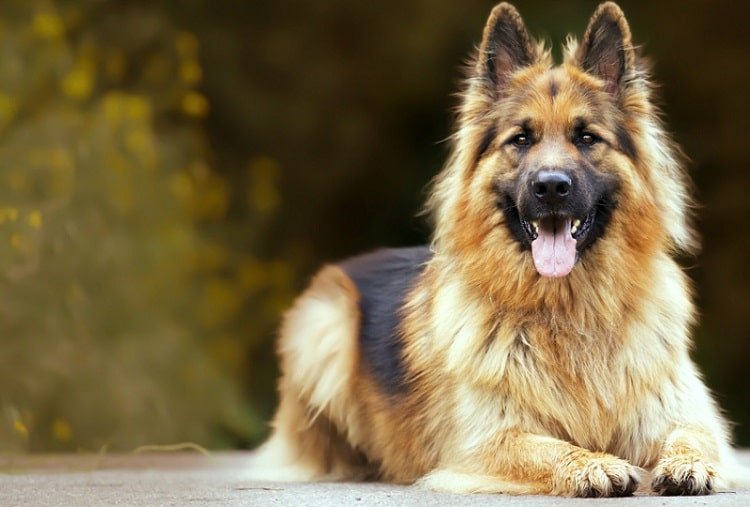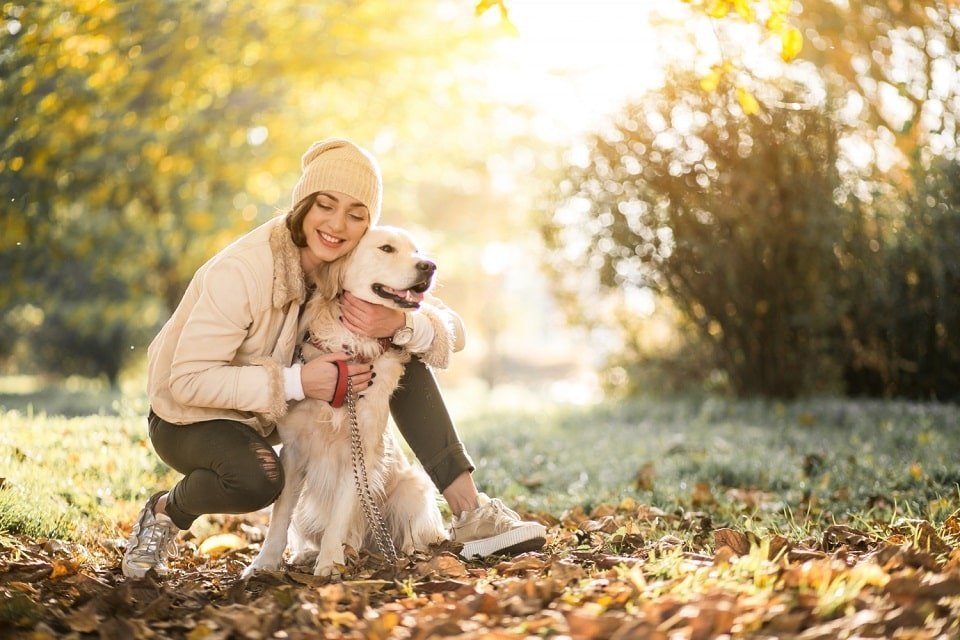Training a dog to behave in the house is important for several reasons. A well-behaved dog makes life more pleasant for you and ensures your furry friend is safe and happy in their environment.
First and foremost, it ensures the safety and well-being of the dog and the people living in the house. A well-trained dog is less likely to engage in destructive or dangerous behaviours, such as chewing on furniture or jumping on people.
Training a dog can strengthen the bond between the dog and its owner and provide mental and physical stimulation for the dog.
10 Tips to Train Your Dog to Behave in The House
 Training can also help reduce the dog’s stress and anxiety as they learn what is expected of them and how to behave appropriately in different situations.
Training can also help reduce the dog’s stress and anxiety as they learn what is expected of them and how to behave appropriately in different situations.
Training a dog to behave in the house is essential to responsible pet ownership that benefits the dog and its human family.
#1. Start with the basics
Before you can teach your dog specific behaviours, you need to establish basic obedience commands such as “sit,” “stay,” “come,” and “down.”
These commands form the foundation for more advanced training and help establish your pack leader role.
Read: 5 Social Networking Sites For Every Pet Lover
#2. Use positive reinforcement
Positive reinforcement is an effective training method that rewards your dog for good behaviour. This can include verbal praise, treats, and toys.
Positive reinforcement helps to strengthen the bond between you and your dog, making training a more enjoyable experience for both of you.

#3. Be consistent
Consistency is key when training a dog. Ensure everyone in the household is on the same page and using the same commands and training methods.
This helps avoid confusion and ensures your dog understands what is expected of them.
Read: How To Teach a Dog Recall
#4. Use a crate
Using a crate can be an effective way to train your dog to behave in the house. Dogs are den animals, and a crate can provide a safe and comfortable space for your dog to rest and relax.
It can also help prevent destructive behaviour when you cannot supervise your dog.
#5. Set boundaries
It is important to establish boundaries with your dog early on. This includes teaching them where to go in the house and what items they can chew on.
Consistently reinforcing these boundaries will help to prevent destructive behaviour and keep your dog safe.
Read: What To Look for in Dog Bedding

#6. Socialize your dog
Socializing your dog is essential for their mental and emotional well-being. This involves exposing your dog to new people, animals, and environments positively.
Socialization can help reduce your dog’s anxiety and fearfulness and make them more comfortable in different situations.
#7. Exercise your dog
Regular exercise is essential for the physical and mental health of your dog. Dogs need to get enough exercise to avoid becoming restless and destructive in the house.
Ensure your dog gets enough exercise daily through walks, runs, or playtime in the backyard.
Read: 5 Benefits of Doing Yoga with a Dog
#8. Address problem behaviours early
If you notice your dog engaging in problem behaviours, such as chewing on furniture or barking excessively, address these behaviours early
Ignoring them will only make the behaviour worse. Instead, use positive reinforcement to redirect your dog’s attention to more appropriate behaviour.
#9. Be patient
Training a dog to behave in the house takes time and patience. Wait to expect your dog to learn everything overnight. Consistency and positive reinforcement will help to reinforce good behaviour over time.
Read: How To Take Care of Pets
#10. Seek professional help if needed
If you struggle to train your dog to behave in the house, consider seeking professional help from a dog trainer. A professional trainer can provide personalized guidance and support to help you and your dog succeed.
In conclusion, training a dog to behave in the house is essential to responsible pet ownership. It takes time, patience, and consistency.
Still, with the right approach, you can teach your furry friend to be a well-behaved and happy household member. Use positive reinforcement, establish clear boundaries, and seek professional help. Your dog will thank you for it!







